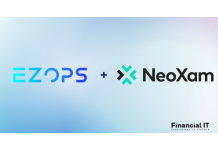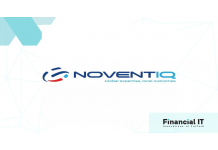NeoXam to Acquire EZOPS
- 19.09.2024 01:32 pm
24/04 – Weekly Fintech Recap
- 24.04.2023 09:00 am
17/04 – Weekly Fintech Recap
- 17.04.2023 09:00 am
10/04 – Weekly Fintech Recap
- 10.04.2023 09:00 am
20/03 – Weekly Fintech Recap
- 20.03.2023 09:00 am
HSBC acquires Silicon Valley Bank UK Limited
- 13.03.2023 12:03 pm
13/03 – Weekly Fintech Recap
- 13.03.2023 09:00 am
27/02 – Weekly Fintech Recap
- 27.02.2023 09:00 am
20/02 – Weekly Fintech Recap
- 20.02.2023 09:00 am
Noventiq Completes the Acquisition of Seven Seas...
- 17.02.2023 04:24 pm
13/02 – Weekly Fintech Recap
- 13.02.2023 09:00 am
Tide Acquired Funding Options Following FCA Approval
- 09.02.2023 11:28 am






















